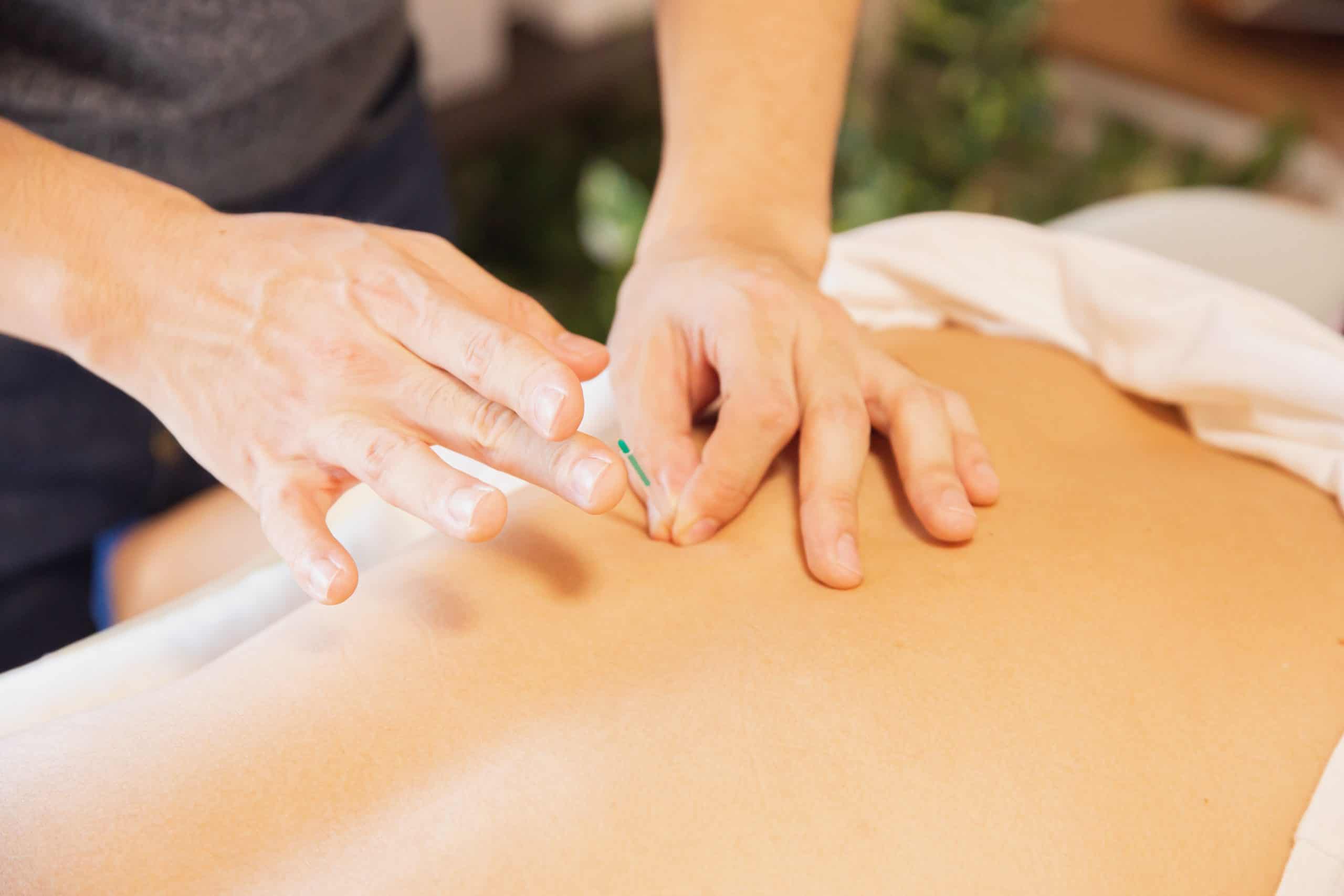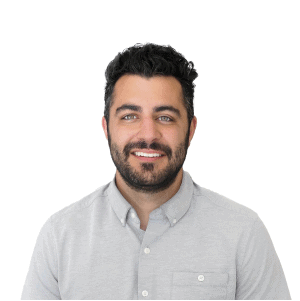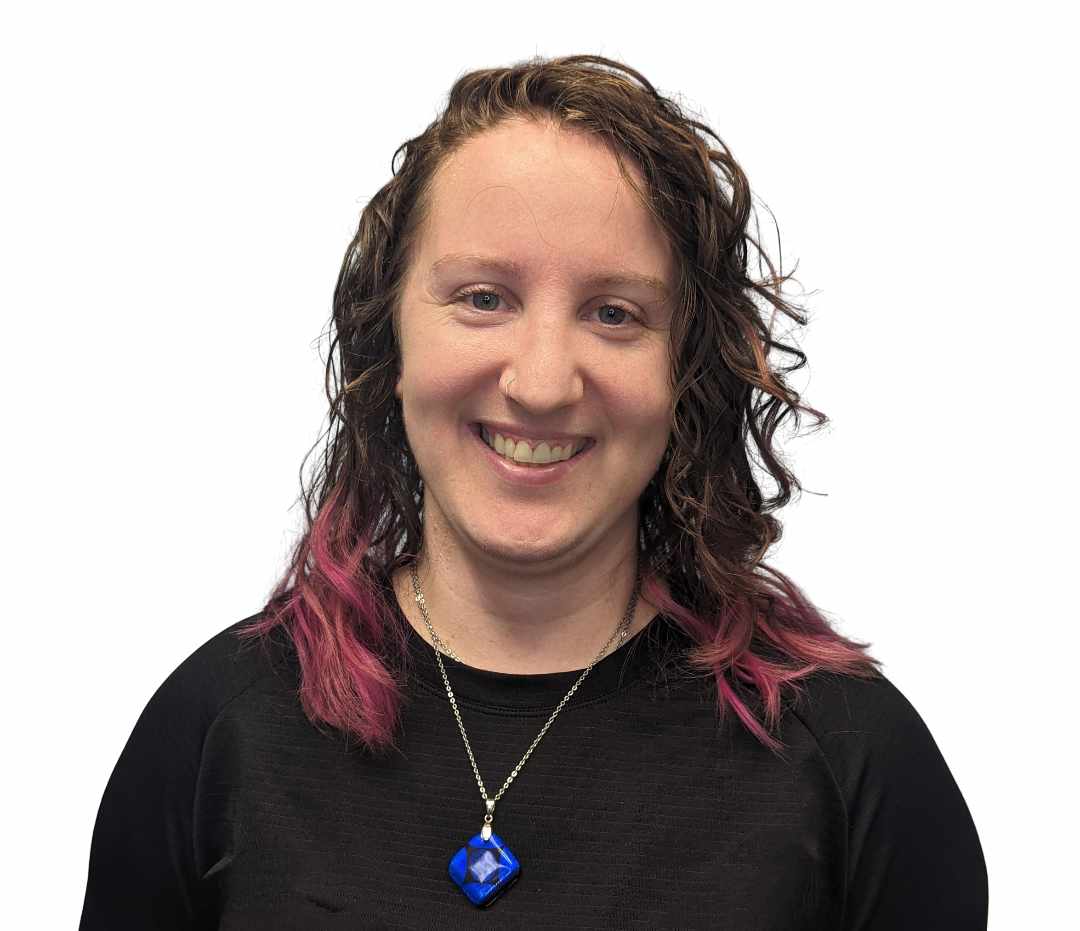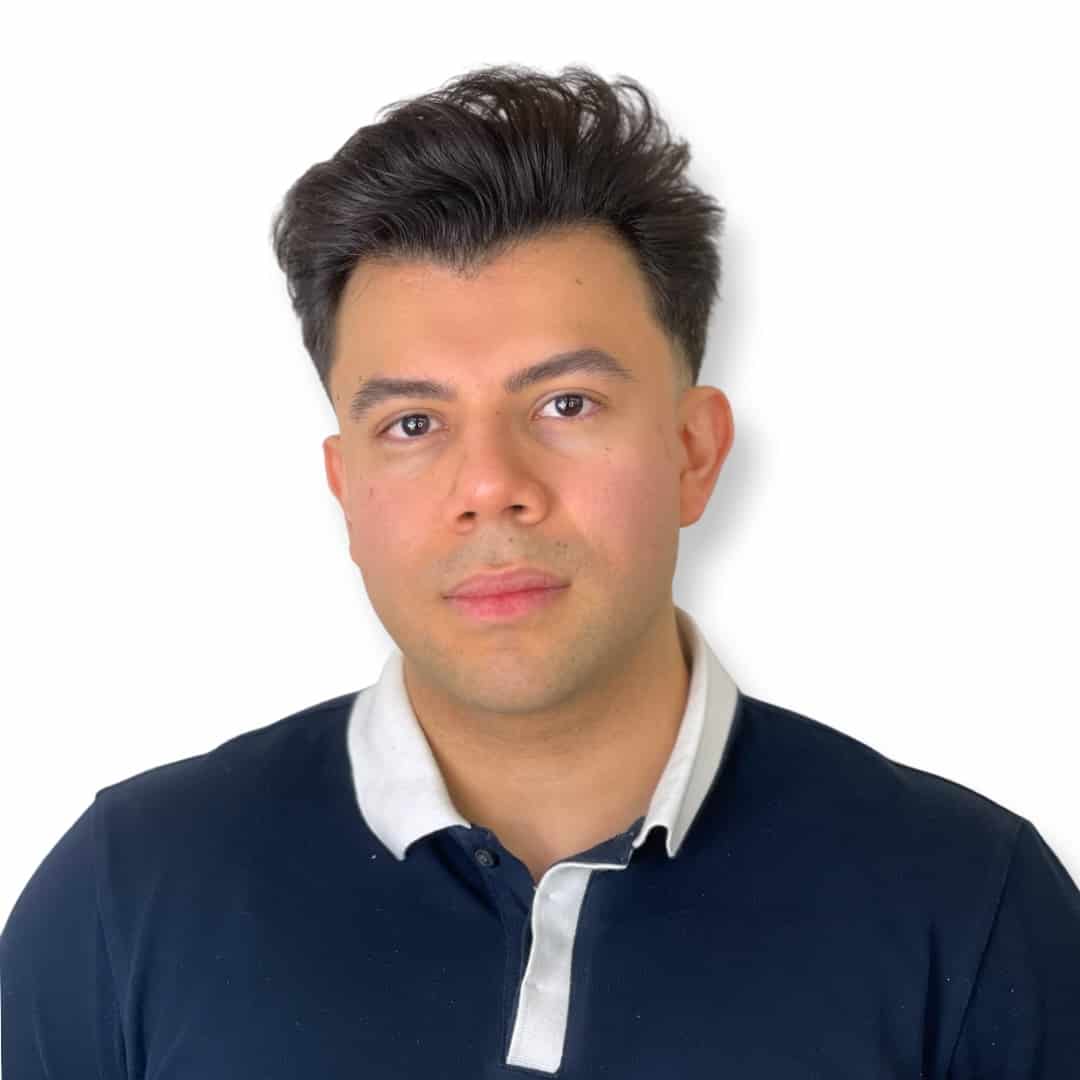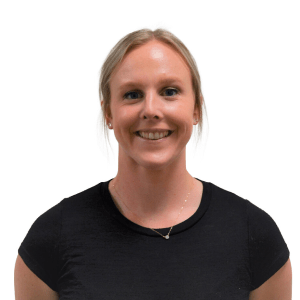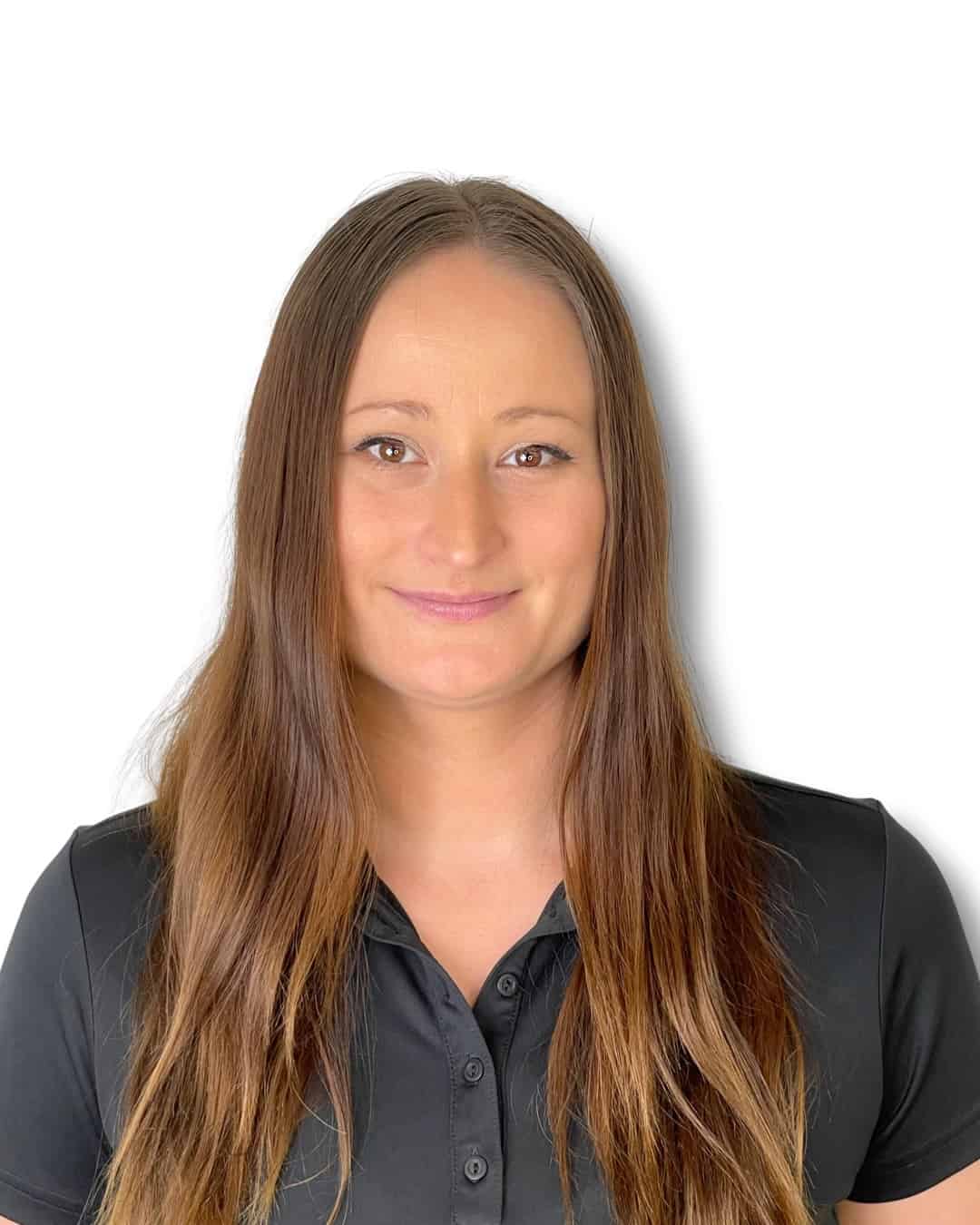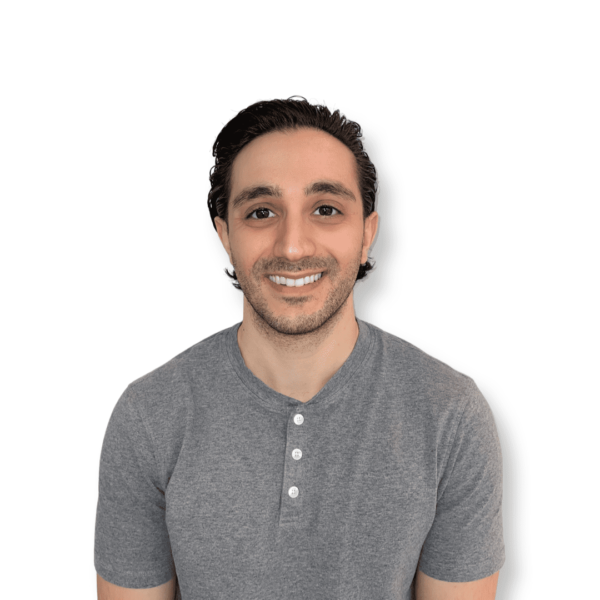So what is the difference? Despite using similar needles, Intramuscular Stimulation (IMS) and Acupuncture are quite different. One significant difference is IMS has only been used in the last couple of decades, while acupuncture has been practiced for hundreds of years. Another key distinction is the length of time the needles are left in. To get the full therapeutic effect of acupuncture, the needles need to be left in for 15 to 30 minutes, whereas for IMS, the needle is manipulated then taken out after a few seconds.
What is IMS?
Intramuscular Stimulation is a term widely used in BC, but also goes by the name Dry Needling. It is a growing technique, where a needle is inserted into a tender point in the muscle, a trigger point, with the expectation of allowing the muscle to relax. The term “Dry” needling comes from inserting a needle into the muscle without the injection of any substances. This technique is used to treat musculoskeletal disorders, pain and improving range of motion of muscles and joints.
What happens during an IMS treatment?
During the practice of IMS, your practitioner will sterilize the treatment area with an alcohol swab, put on sterile gloves, hand sanitize, and then will insert the sterile single use needle into the trigger point (muscle knot). A “pistoning” technique will then be used, where the needle penetrates the skin, moves in and out, and then is taken out of the skin. The needle is only penetrating the muscle for a few
seconds.
While putting the needle into the tight muscle, and changing its depth and direction, your physiotherapist is hoping to get a “twitch” response. This twitch will be felt as a deep, dull ache by the patient. This occurs when the muscle quickly contracts, then relaxes immediately right after. If a needle is put into a normal muscle tissue, the needle will have no resistance when it enters the muscle, and no twitch response should be elicited.
What are the benefits of IMS?
Benefits from IMS include muscular pain relief, decreased stiffness, improved ROM, and improved functional capability. It has also been found to be beneficial for referral patterns as well (such as tension headache referral patterns from the upper trap muscle). Relief can be felt instantaneous, but a patient may feel some side effects from IMS. Bruising is uncommon but temporary soreness can occur for a day or two post treatment.
What is Acupuncture?
Classical acupuncture is based on Traditional Chinese Medicine (TCM), which believes in the stimulation and flow of Qi (chi) energy. Qi consists of two equal and opposing energies, Yin and Yang, that are constantly dynamic and balanced with each other. The idea behind this is the body has meridians, where Qi energy flows through. It is believed if there is an illness in the body, it is due to an imbalance or flow of the Qi energy within these meridians.
What happens during an acupuncture treatment?
When an acupuncture needle is inserted into specific acupuncture points throughout the body, endorphins are released within the body. This release will help with pain relief, increase energy, improve mood, and improved body functioning. From a more modern, westernized approach, some physiotherapists, myself included, would use an “Anatomical Acupuncture” approach. This technique uses combined knowledge of anatomy, physiology and pathophysiology, to effectively treat a variety of painful disorders. This technique uses the same acupuncture points as TCM but can be used for musculoskeletal injuries.
Based on a patient’s diagnosis, anatomical points that are relevant to your condition are selected for acupuncture. These may include headaches, neck pain, osteoarthritis, neuropathies, low back pain, tendinopathies, and joint pain.
How do you choose what kind of needling to do?
Whichever approach your therapist chooses for you, Acupuncture or IMS/Dry Needling are both effective treatment methods in your path to recovery.
